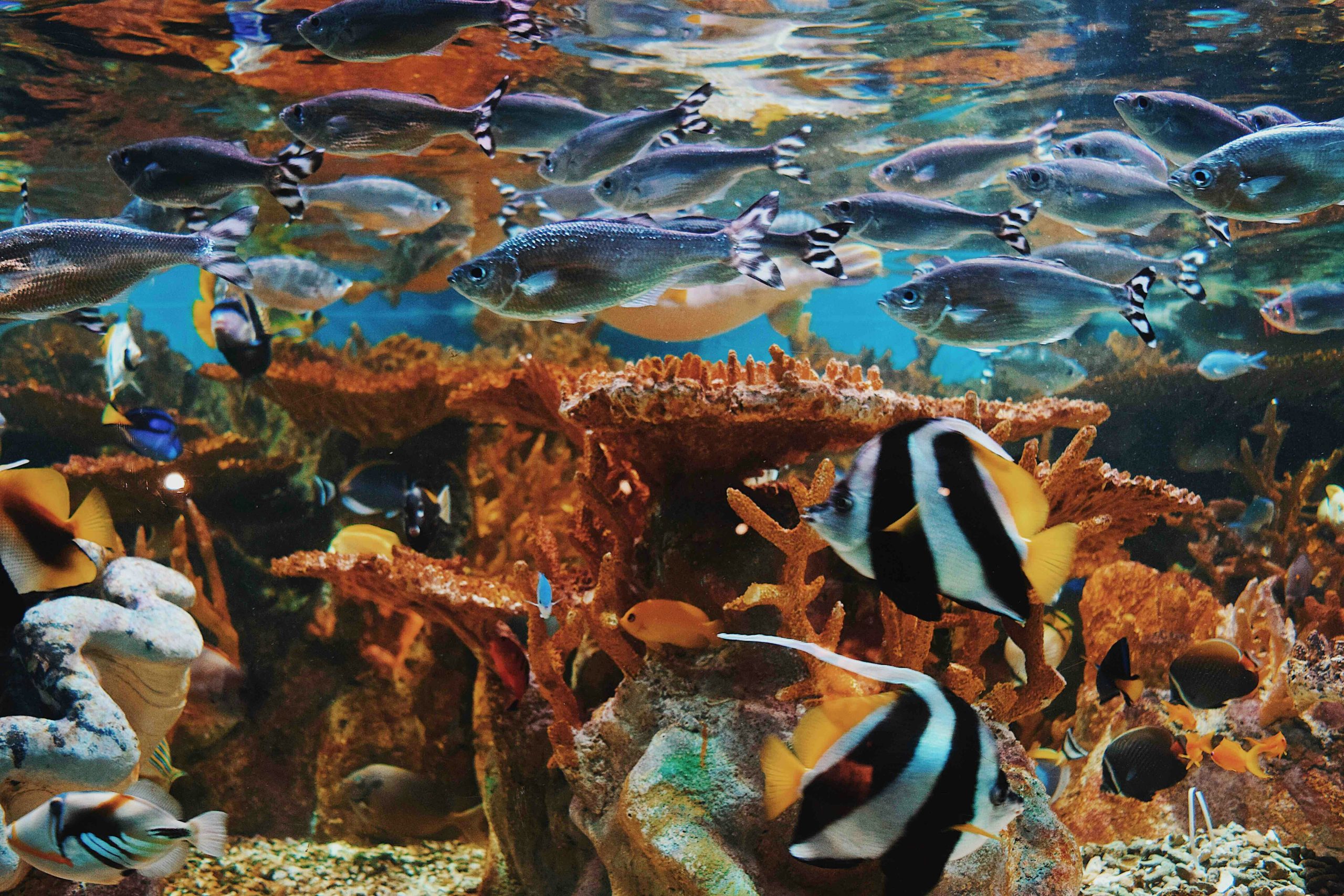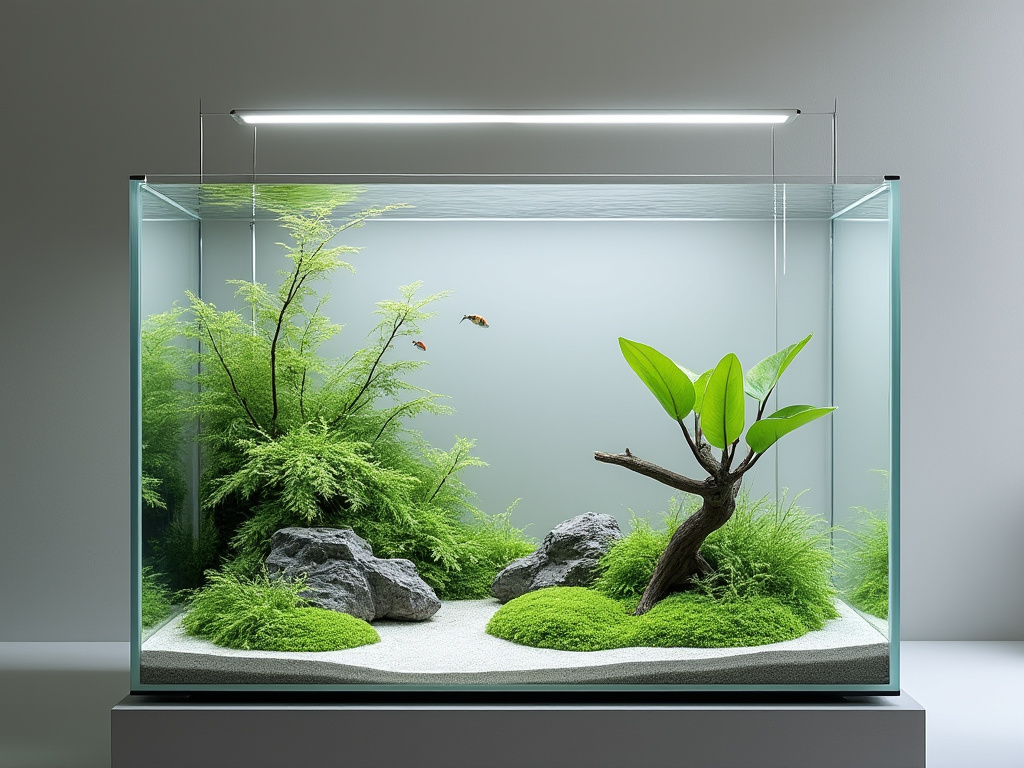Table of Contents
![]()
Maintaining a healthy and vibrant aquarium requires a robust filtration system that ensures clean and clear water. Among various filtration options, canister filters stand out for their effectiveness and versatility. This article explores the numerous benefits of using a canister filter in your aquarium, explaining how it works, its advantages, and how it compares to other filtration systems.
How Canister Filters Work
Canister filters are external filtration systems that offer comprehensive water cleaning through multiple stages of filtration. Here’s a breakdown of their main components and the filtration process:
- Basic Components:
- Canister Unit: The main body of the filter, typically made of durable plastic, houses all filtration media.
- Filter Media: Includes mechanical, chemical, and biological media to handle different types of impurities.
- Intake and Output Hoses: Tubes that connect the filter to the aquarium, allowing water to flow in and out.
- Filtration Process:
- Water Intake: Water is drawn from the aquarium through the intake hose.
- Filtration Stages:
- Mechanical Filtration: Removes physical debris and particulates.
- Chemical Filtration: Eliminates toxins, such as chlorine and ammonia, using media like activated carbon.
- Biological Filtration: Supports beneficial bacteria that break down organic waste.
- Clean Water Return: Filtered water is returned to the aquarium through the output hose.
Key Benefits of Canister Filters
- Superior Filtration Capacity:
- Canister filters offer a large media capacity, allowing for more effective mechanical, chemical, and biological filtration. This makes them suitable for larger aquariums and high bioloads, ensuring that the water remains clean and clear.
- Improved Water Quality:
- These filters excel at removing particulates, chemicals, and toxins, contributing to a healthier aquatic environment. They help in maintaining stable water parameters, which is crucial for the well-being of fish and other aquatic organisms.
- Flexibility and Customization:
- Canister filters are highly customizable. You can adjust the flow rate and choose from various filter media types, including specialty media for specific needs such as phosphate removal or nitrate control. This flexibility ensures that you can tailor the filter to the specific requirements of your aquarium.
- Space Efficiency:
- Placed externally, canister filters do not take up space inside the aquarium, providing more room for decorations and fish. This is particularly advantageous for larger tanks where space can be limited.
- Reduced Noise Levels:
- Canister filters operate more quietly compared to internal and Hang-on-Back (HOB) filters. The external placement of the motor and pump means that noise is minimized, creating a more serene environment for both the aquarium inhabitants and the viewers.
- Easier Maintenance:
- The external canister design allows for straightforward maintenance. The filter can be accessed for media replacement and cleaning without having to disturb the tank. This modular design also means that maintenance can be less frequent compared to other filter types.
Comparison with Other Filter Types
- Internal Filters:
- Space Utilization: Internal filters occupy space within the tank, potentially limiting room for fish and decorations.
- Maintenance Frequency: Often require more frequent cleaning as they are exposed to higher levels of debris.
- Filtration Capacity: Typically less powerful and suitable for smaller tanks.
- Hang-on-Back (HOB) Filters:
- Water Flow and Filtration Efficiency: While effective, HOB filters can be less efficient in large tanks or those with high bioloads compared to canister filters.
- Noise Levels: HOB filters tend to be noisier, which can be disruptive.
- Aesthetic Impact: Can be visually intrusive, hanging over the back of the aquarium.
- Sponge Filters:
- Filtration Effectiveness: More suited for smaller tanks or specific setups like breeding or quarantine tanks.
- Suitability for Different Tank Sizes: Limited in capacity and effectiveness for larger aquariums.
- Maintenance and Ease of Use: Simple to maintain but not as comprehensive in filtration as canister filters.
Considerations When Choosing a Canister Filter
- Aquarium Size and Type:
- Ensure the filter’s capacity matches your tank’s volume. Consider whether you have a freshwater or saltwater tank, as this may influence the type of filter media needed.
- Flow Rate and Adjustability:
- The flow rate should be suitable for the tank’s inhabitants. Adjustable flow settings can help cater to different fish species and plant needs.
- Filter Media Options:
- Choose appropriate media for your tank’s specific requirements. For example, use activated carbon for chemical filtration and ceramic rings for biological filtration.
- Brand and Model Selection:
- Look for reliable brands with positive user reviews. Consider the warranty and customer support offered by the manufacturer to ensure long-term satisfaction.
Common Maintenance and Troubleshooting
- Regular Maintenance Tasks:
- Clean and replace filter media regularly to maintain optimal performance.
- Check and clean hoses and connections to prevent clogs and leaks.
- Troubleshooting Common Issues:
- Low Flow Rate: Ensure there are no obstructions in the hoses or filter media.
- Unusual Noises: Inspect the filter for any loose components or air bubbles.
- Leaks: Check all connections and seals to ensure they are secure.
Conclusion
Canister filters offer numerous benefits, including superior filtration capacity, improved water quality, and space efficiency. Their flexibility, reduced noise levels, and ease of maintenance make them an excellent choice for both novice and experienced aquarium enthusiasts. By understanding how canister filters work and considering the key factors when choosing one, you can ensure a healthy and thriving aquatic environment for your fish and plants.
Share This





Be the first to comment